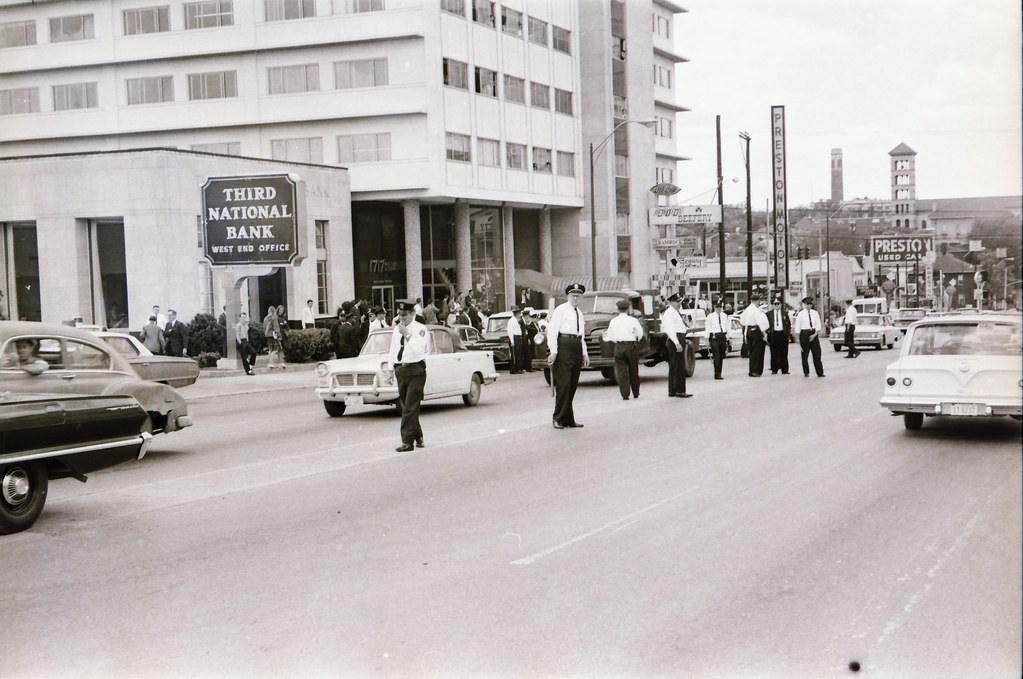
Part III of the Archives' series is finally here, and has some great behind-the-scenes details from our Audiovisual Heritage Center staff. Kelli Hix is Metro Archives' Audiovisual Archivist and the Program Manager of the Center, and Carissa Riccardi is the Assistant Audiovisual Archivist.
First, if this is your first time hearing of this series, let me introduce you to Part I and Part II in the series, if you'd like to learn about what the rest of the team has been working on and discovering during quarantine.
Quick recap of those projects though - they involve a Criminal Court case involving Rep. John Lewis, scanning photos from Nashville's Civil Rights Movement, love letters from World War II, and various old government records processed by Ken.
Here's the slideshow from the photos Drew has scanned, again...





